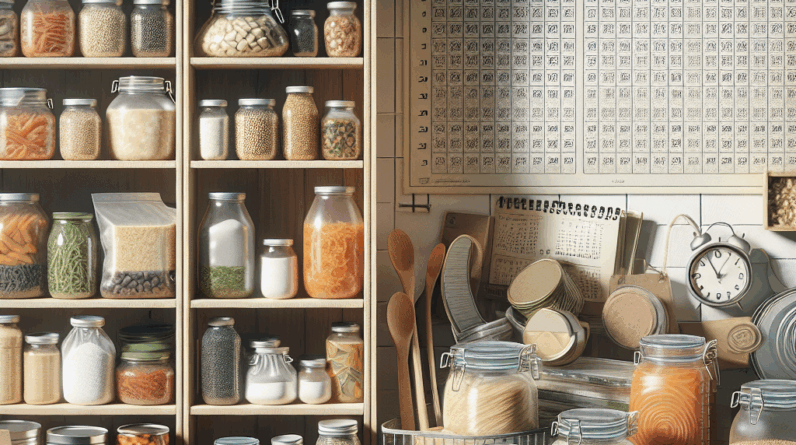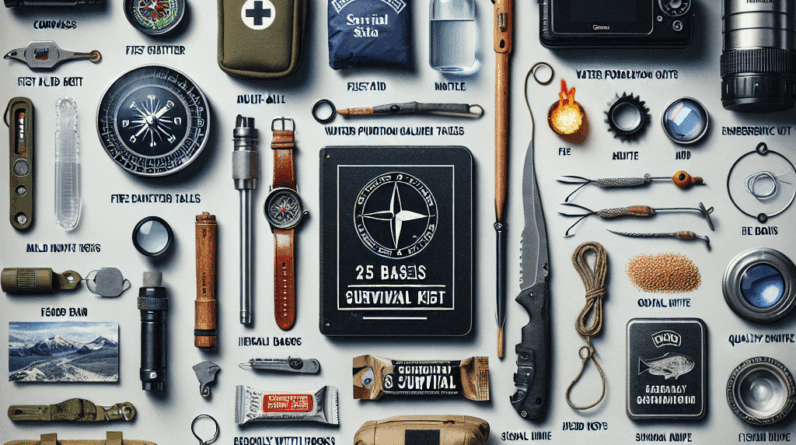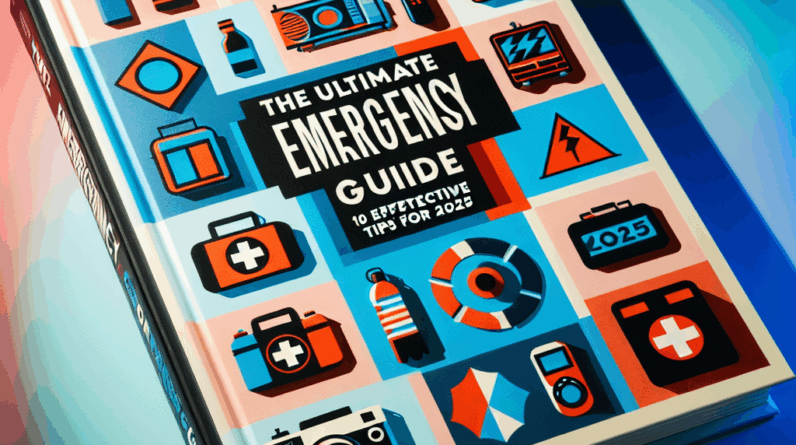Hurricanes are among the most devastating natural disasters, capable of causing extensive damage and upending lives. Being well-prepared is critical to minimize the impact on you and your family. This guide will walk you through understanding hurricanes, creating a robust preparation plan, assembling your hurricane kit, securing your property, and what to do after a hurricane passes.
Understanding Hurricanes
So, let’s begin with the fundamentals. A hurricane is a formidable tropical storm characterized by intense winds, substantial rainfall, and towering waves, originating from warm ocean waters typically during the warmer months. Recognizing the seriousness of hurricanes is the first step towards effective preparation.
Hurricanes are categorized based on their wind speeds and the potential destruction they can cause. A Category 1 hurricane is the least severe, while a Category 5 is exceptionally destructive. Knowing these categories helps in planning the level of preparedness needed.
It’s crucial to stay updated on hurricane developments through reliable sources like the National Hurricane Center (NHC) or local weather services. These organizations provide timely updates that are vital for early preparation.
Hurricane Seasons
The Atlantic hurricane season runs annually from June 1 to November 30, peaking between August and September. Being aware of this timeline is essential for proactive preparation.
Regular monitoring of weather forecasts during this season is important. Unexpected developments can escalate quickly, making it critical to stay informed through reliable channels like weather apps or local news, which may also offer community preparation workshops.
Common Hurricane Myths
Many misconceptions about hurricanes exist. For example, some believe that being inland shields them from a storm’s impact. However, while hurricanes weaken over land, associated flooding and tornadoes can still wreak havoc.
Another common myth is the idea of ‘riding out’ the storm, which is dangerous during an evacuation order. Ignoring such orders can lead to severe consequences, as emergency services may not be able to reach you until after the storm.
Educating yourself on these myths and realities is crucial for safety. Always err on the side of caution.
Creating a Hurricane Plan
# Assess Your Risk
If you reside in a hurricane-prone area, understanding your local risk is imperative. Consult local flood zone maps and speak with neighbors who have experienced hurricanes to gauge what to expect.
Include all family members in the planning process, particularly children and elderly relatives, ensuring everyone knows what to do and where to go during an emergency.
# Establish Communication Routes
Once risks are assessed, establish reliable communication methods with family, friends, and emergency services. Set a family meeting point for evacuations and consider backup communication methods in case of cell network failures.
Maintaining contact with someone out-of-state can provide a lifeline for coordinating during chaotic conditions.
# Prepare to Evacuate
Never underestimate the possibility of needing to evacuate. Familiarize yourself with local evacuation routes and pre-determine accommodations, considering pet-friendly options if necessary.
Assembling Your Hurricane Kit
# Items to Include
Your hurricane kit should contain at least a three-day supply of water, non-perishable food, medications, first-aid supplies, personal hygiene products, and essential documents in a waterproof container.
Include practical items like a manual can opener, flashlight, extra batteries, a multi-tool, and a portable phone charger, ensuring you’re prepared for power outages.
# Tools and Equipment
A battery-powered or hand-crank radio is essential for receiving updates during a storm. Also, keep a flashlight and extra batteries at hand.
# Maintaining Your Kit
Regularly update your hurricane kit, checking and replacing expired items and ensuring your water supply is fresh. Keeping your kit organized and accessible is key.
Securing Your Property
# Evaluating Vulnerabilities
Inspect your property for potential vulnerabilities like loose shingles or weak branches and address these issues promptly to mitigate damage.
# Installing Protective Measures
Install storm shutters, reinforce garage doors, and use sandbags to prevent flood damage. Securing windows with plywood can also provide temporary protection.
# Final Preparations
Secure loose items around your property and ensure your car’s gas tank is filled to avoid last-minute shortages at gas stations.
After the Hurricane Passes
# Assessing Damage
Once the storm has passed, carefully assess your property for damage, avoiding downed power lines and unstable structures. Document any damage for insurance purposes.
# Contacting Insurance Providers
Contact your insurance provider promptly to report damages. Keep detailed records of all interactions and claims.
# Helping Your Community
After securing your property, look for opportunities to assist in your community, such as volunteering or checking on neighbors. Don’t neglect your mental health; discussing your experiences can be therapeutic.
Frequently Asked Questions
1. What should I include in my hurricane kit?
Your kit should have water, food, medications, first-aid supplies, tools, and personal and pet supplies if needed. Don’t forget to include a flashlight, extra batteries, and important documents.
2. How do I know when to evacuate?
Follow instructions from local authorities and stay informed through the National Hurricane Center and local weather forecasts.
3. How can I secure my home against hurricanes?
Evaluate and address potential vulnerabilities, install protective measures like storm shutters, and secure loose items around your property.
4. What should I do after a hurricane passes?
Carefully assess damage, document for insurance purposes, and reach out to your insurance provider. Help others in your community if possible.
5. How often should I update my hurricane kit?
Review and replenish your hurricane kit at least twice a year, checking for expired items and refreshing supplies.




